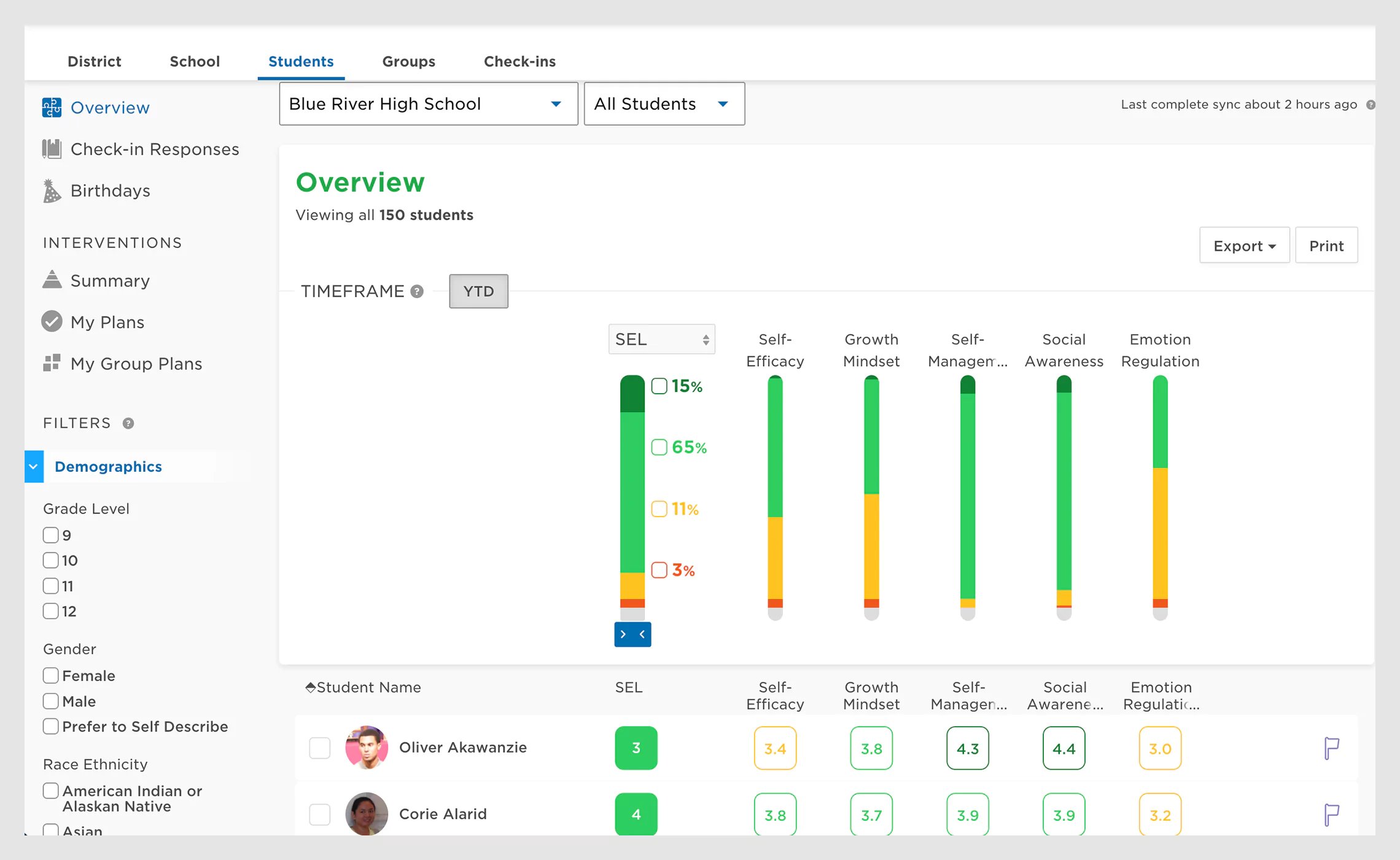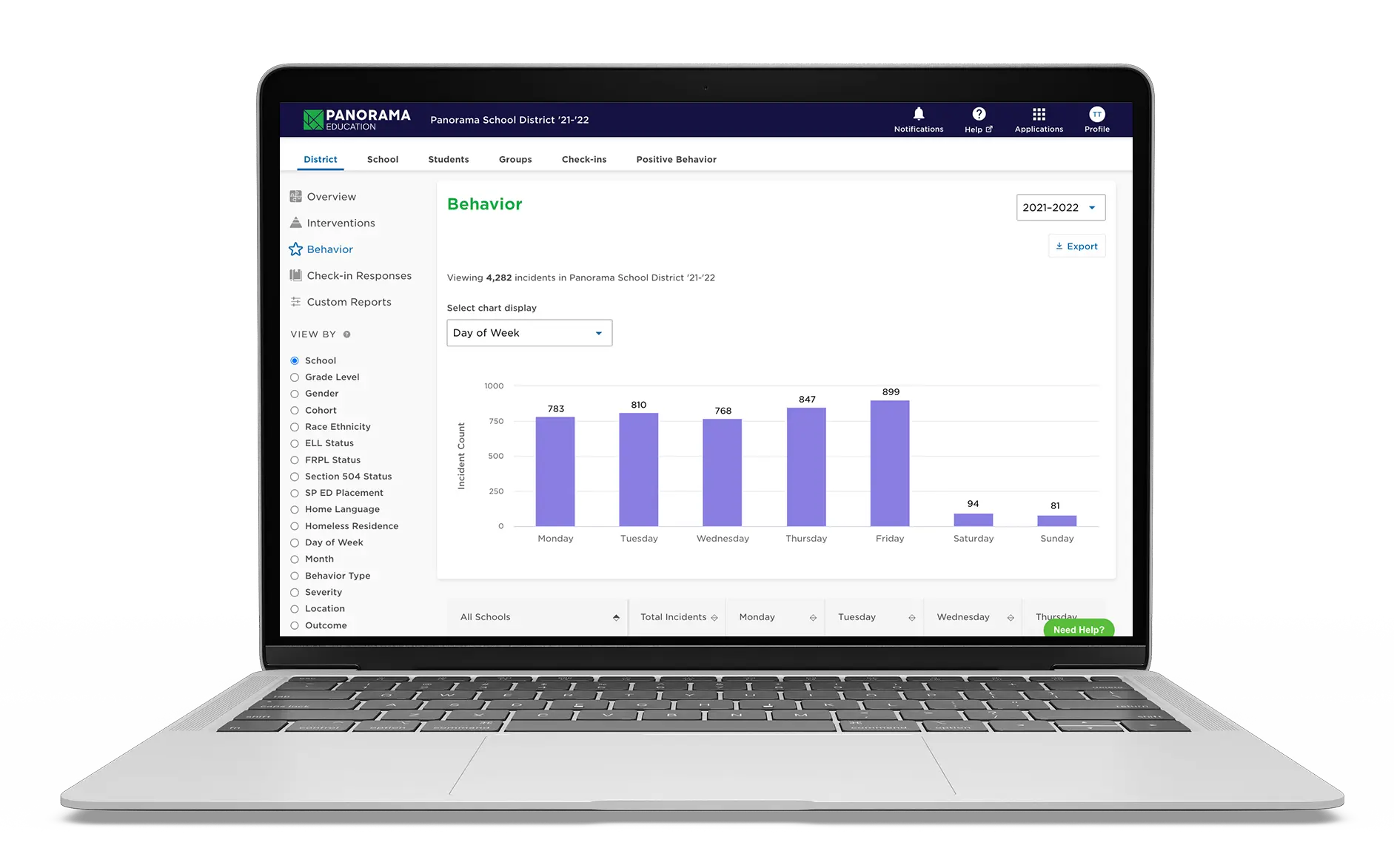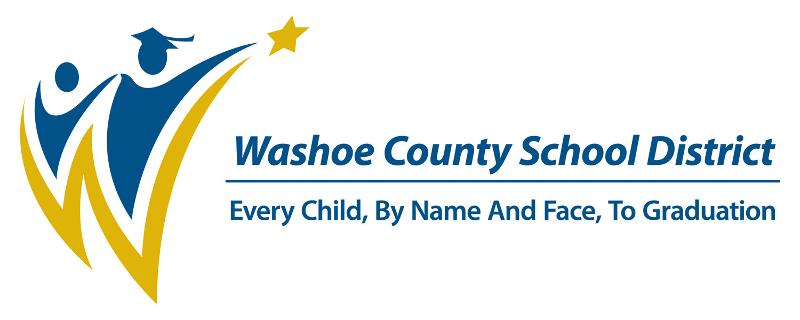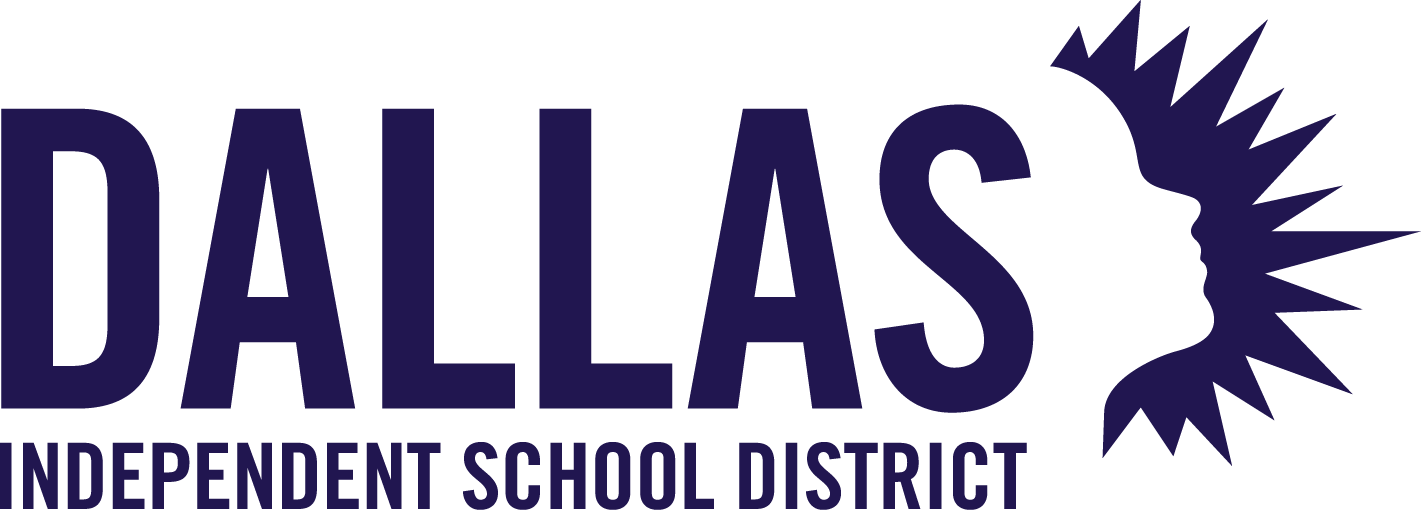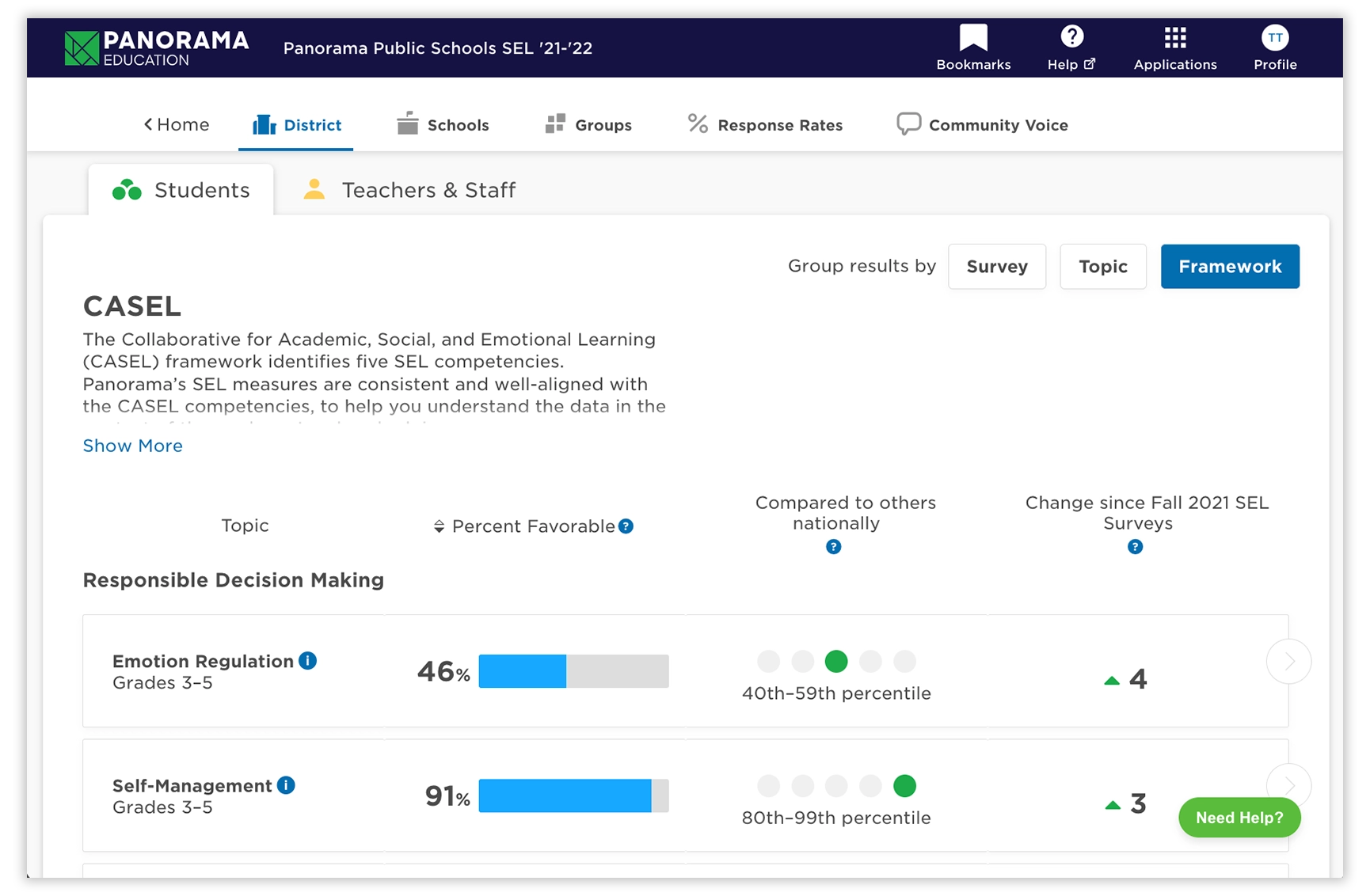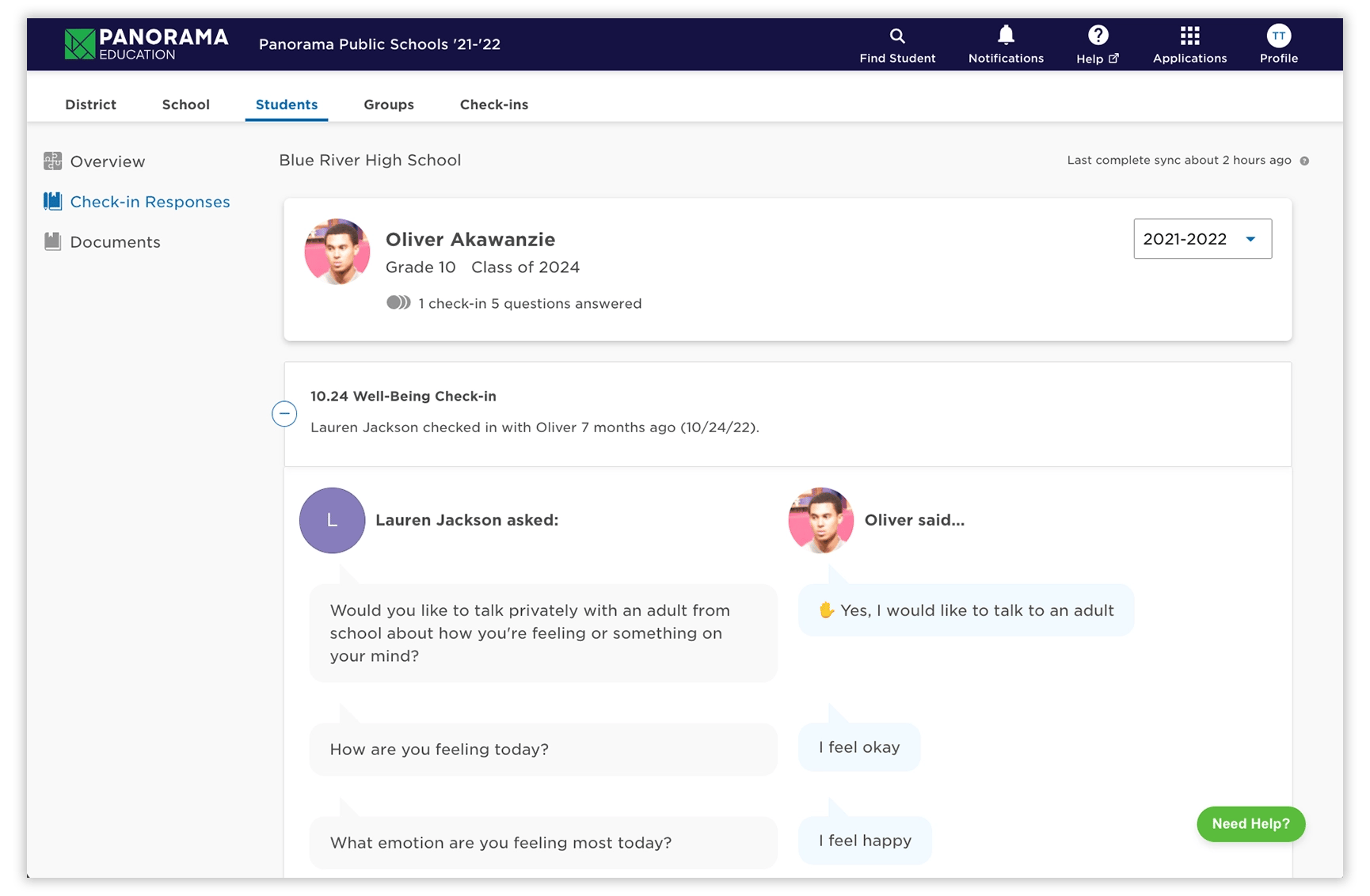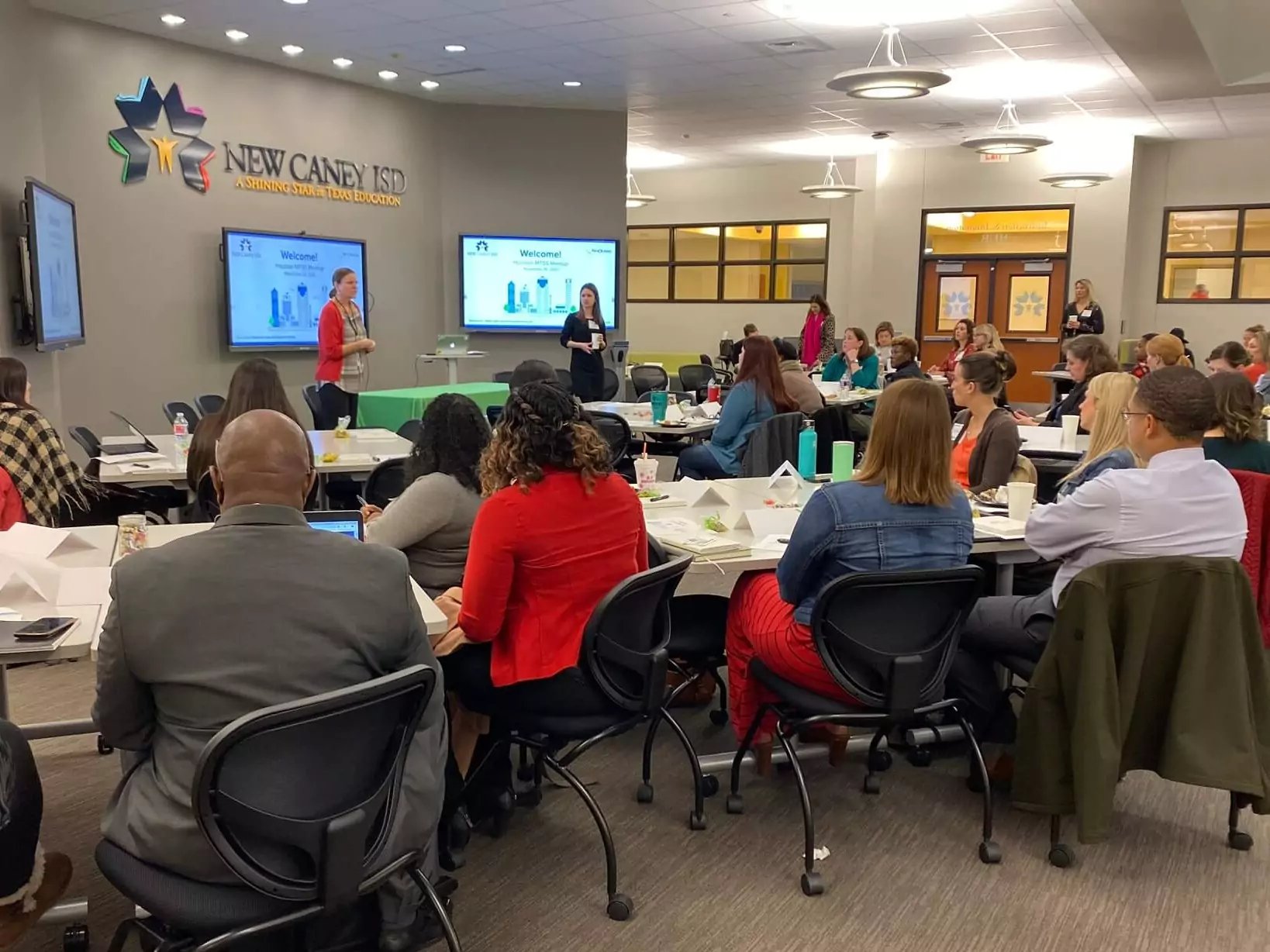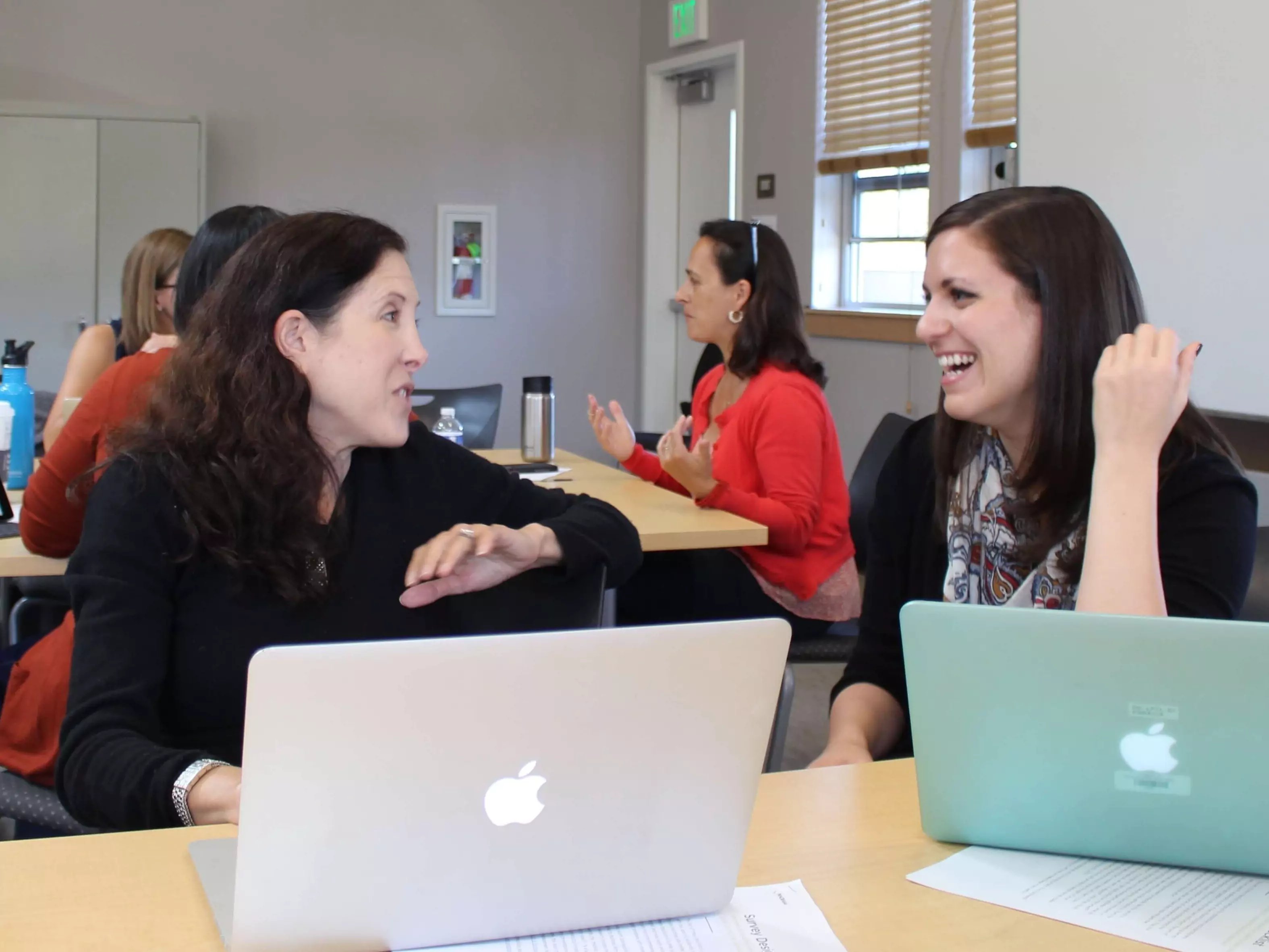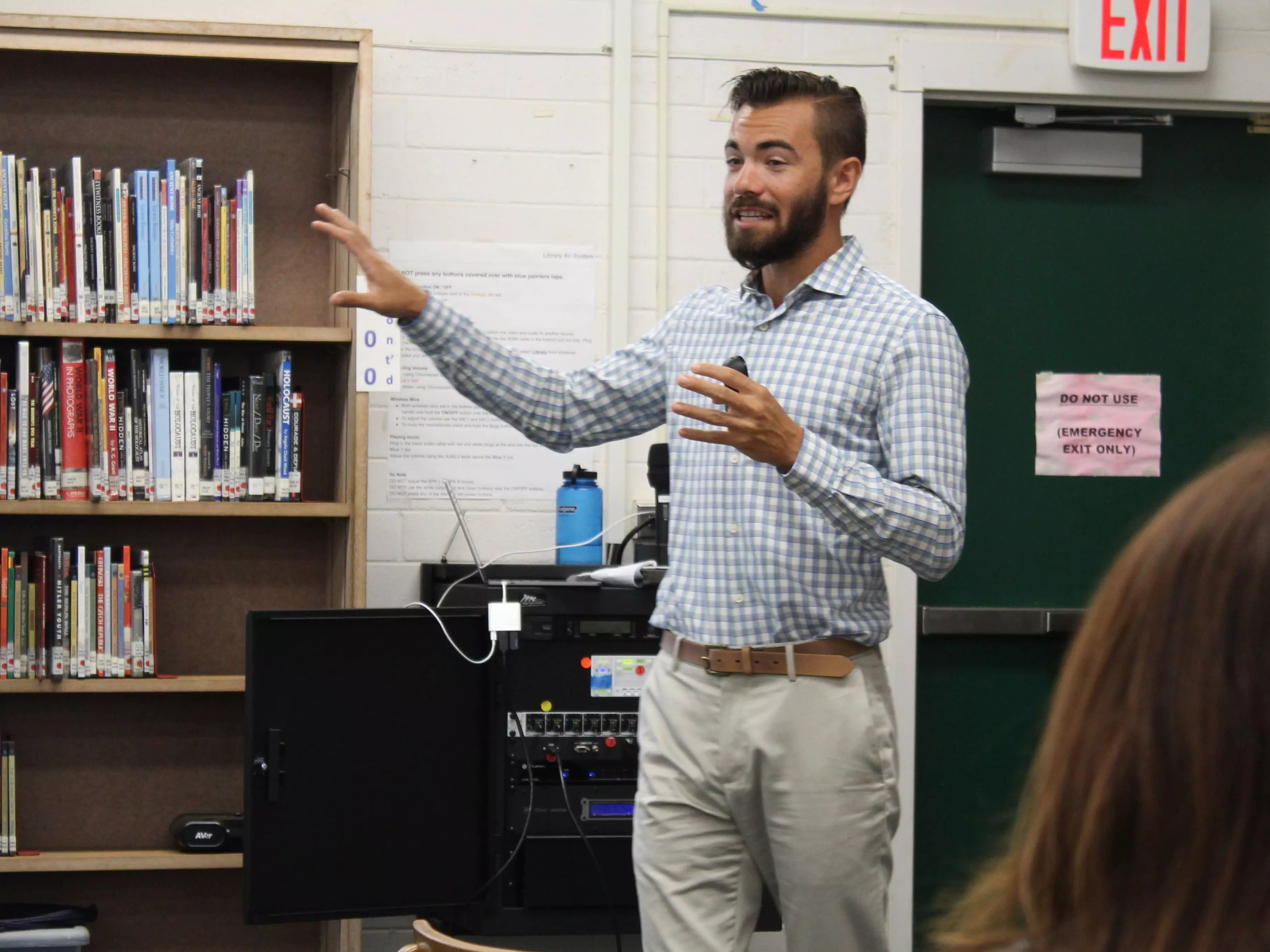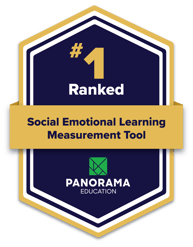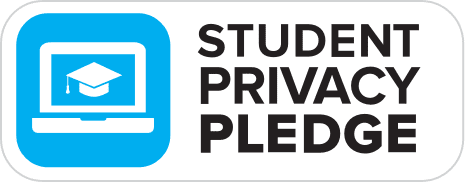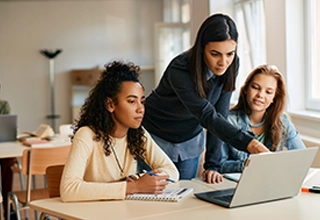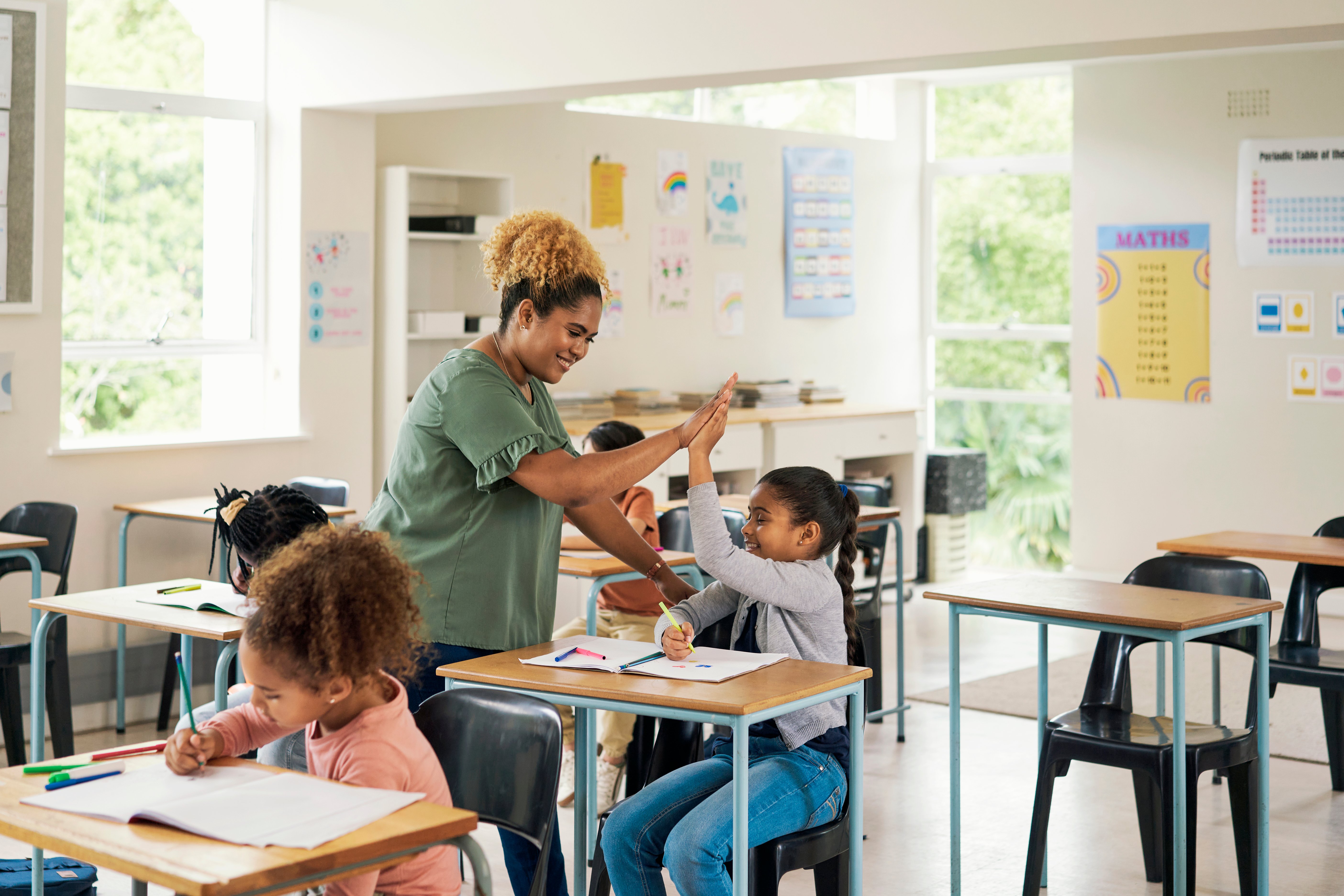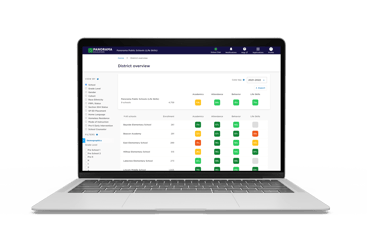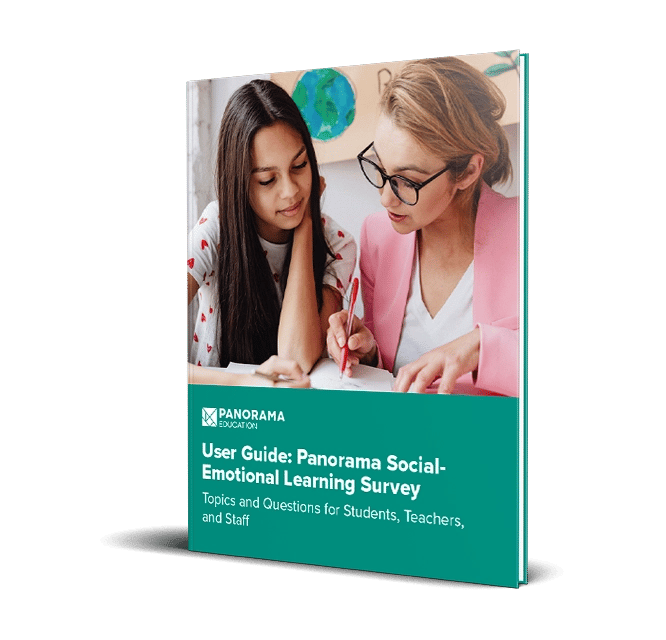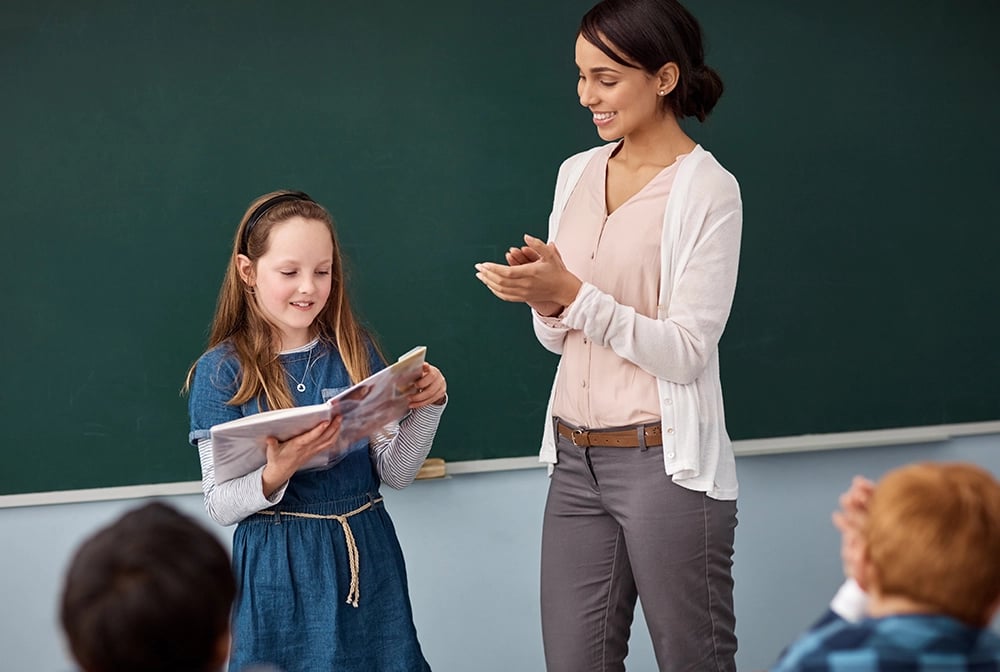See Topics for Student, Teacher, and Staff Survey Questions
Student Skills and Competencies:
Growth Mindset - Student perceptions of whether they have the potential to change those factors that are central to their performance in school.
Self-Management - How well students manage their emotions, thoughts, and behaviors in different situations.
Social Awareness - How well students consider the perspectives of others and empathize with them.
Self-Efficacy - How much students believe they can succeed in achieving academic outcomes.
Learning Strategies - How well students deliberately use strategies to manage their own learning processes generally.
Classroom Effort - How much effort students put into school and learning.
Grit - How well students are able to persevere through setbacks to achieve important long-term goals (not limited to academics), taking into account their experiences and identities.
Social Perspective-Taking - The extent to which students consider the perspectives of their teachers.
Self-Efficacy About Specific Subjects - How much students believe they can succeed in achieving academic outcomes in specific subjects.
Emotion Regulation - How well students regulate their emotions.
Student Supports, Environment, and Well-Being:
School Climate - Perceptions of the overall social and learning climate of the school.
Teacher-Student Relationships - How strong the social connection is between teachers and students within and beyond the school.
Sense of Belonging - How much students feel that they are valued members of the school community.
School Safety - Student perceptions of physical and psychological safety while at school.
Engagement - How attentive and invested students are in school.
Rigorous Expectations - How much students feel that their teachers hold them to high expectations around effort, understanding, persistence and performance in class.
Valuing of Specific Subjects - How much students feel that an academic subject is interesting, important, and useful.
Valuing of School - How much students feel that school is interesting, important and useful.
Positive Feelings - How frequently students feel positive emotions.
Challenging Feelings - How frequently students feel challenging emotions.
Supportive Relationships - How supported students feel through their relationships with friends, family, and adults at school.
Teacher Well-Being and Adult SEL:
Well-Being - Faculty and staff perceptions of their own professional well-being.
Belonging - How much faculty and staff feel that they are valued members of the school community.
Teacher Self-Reflection - Faculty perceptions of their professional strengths and areas for growth, related to social and emotional learning.
Professional Learning about SEL - Perceptions of the quantity and quality of professional learning opportunities about social-emotional learning available to faculty.
Faculty Growth Mindset - Perceptions of whether teaching can improve over time.
Teaching Efficacy - Faculty perceptions of their professional strengths and areas for growth.
School Climate - Perceptions of the overall social and learning climate of the school.
Educating All Students - Faculty perceptions of their readiness to fully support all learners.
Professional Learning - Perceptions of the quantity and quality of professional learning opportunities available to school faculty and staff.
Feedback and Coaching - Perceptions of the amount and quality of feedback faculty and staff receive.
Staff-Leadership Relationships - Perceptions of faculty and staff relationships with school leaders.
School Leadership - Perceptions of the school leadership’s effectiveness.


